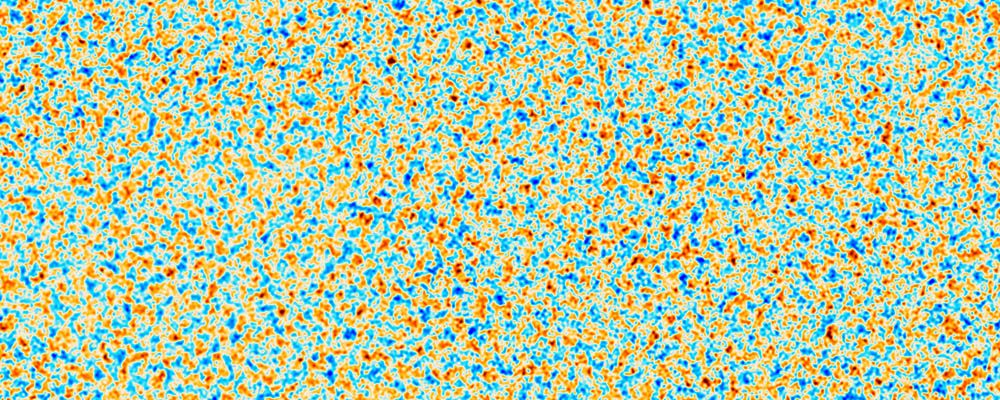New measurements have also contributed to solving one of the most important problems in astrophysics today: How fast is the universe expanding?
The results have been published in two scientific papers, posted on the arXiv preprint site. Articles go through a process of review and review. (pdf) .

ACT Collaboration - Part of the new CMB map
Cosmology is the science of the past, present and future of our Universe. Much in this science is tied to the expansion rate, which is why physicists are so hunting for this value. The Hubble constant (H0) is a value that describes how fast the universe is expanding at different distances from us.
It is believed that the expansion is provoked by dark energy, and it also accelerates this process. But when astronomers try to measure the Hubble constant with telescopes, they get different values depending on the method used. This discrepancy cannot be explained in any way.
One method is based on assessing how quickly neighboring galaxies are moving away from the Milky Way. The second method is to study the background radiation.
The new measurements coincide with the CMB estimate, but do not allow refuting the estimate for neighboring galaxies.
The relic radiation is the microwave background of the Universe as we see it. We cannot look beyond this boundary due to the limitations of the speed of light. The faint glow that we see wherever we point our telescopes was formed shortly after the Big Bang, during the era of primary hydrogen recombination, more than 13 billion years ago.
In 2018, data from the Planck satellite were published. This is the most accurate measurement of the CMB. Then, two years ago, it became clear how strongly the estimate of H0 based on relic radiation diverges from the estimate based on the motion of neighboring galaxies.
The new study was able to reproduce the CMB estimate using a different telescope dataset and different calculations. But the result is the same. This does not mean that the estimate of H0 from the CMB is correct (there are problems with the physical theories that are used in the calculations), but at least there is definitely no error in the measurements themselves. Plus one in favor of the relict estimate.
The CMB observations from the ALMA array were carried out from 2013 to 2016. Scientists have spent several years using supercomputers to clear data from other sources of microwave waves. Only after the complete map was collected (they studied only half of the sky), they started calculating H0.
The new map made it possible to re-check the distance from the Earth to the relic background. This distance, coupled with a new estimate of the expansion rate, made it possible to refine the age of the universe.
The probability remains that our theories are inaccurate, and therefore the calculations are also inaccurate, but here we can only wait for the theories to be refined.
As a result, the rate of expansion of the universe is still a mystery to us, but scientists studying the relic radiation have more evidence in favor of their assessment.
Scientific articles were posted on the arXiv preprint site and sent for peer review.